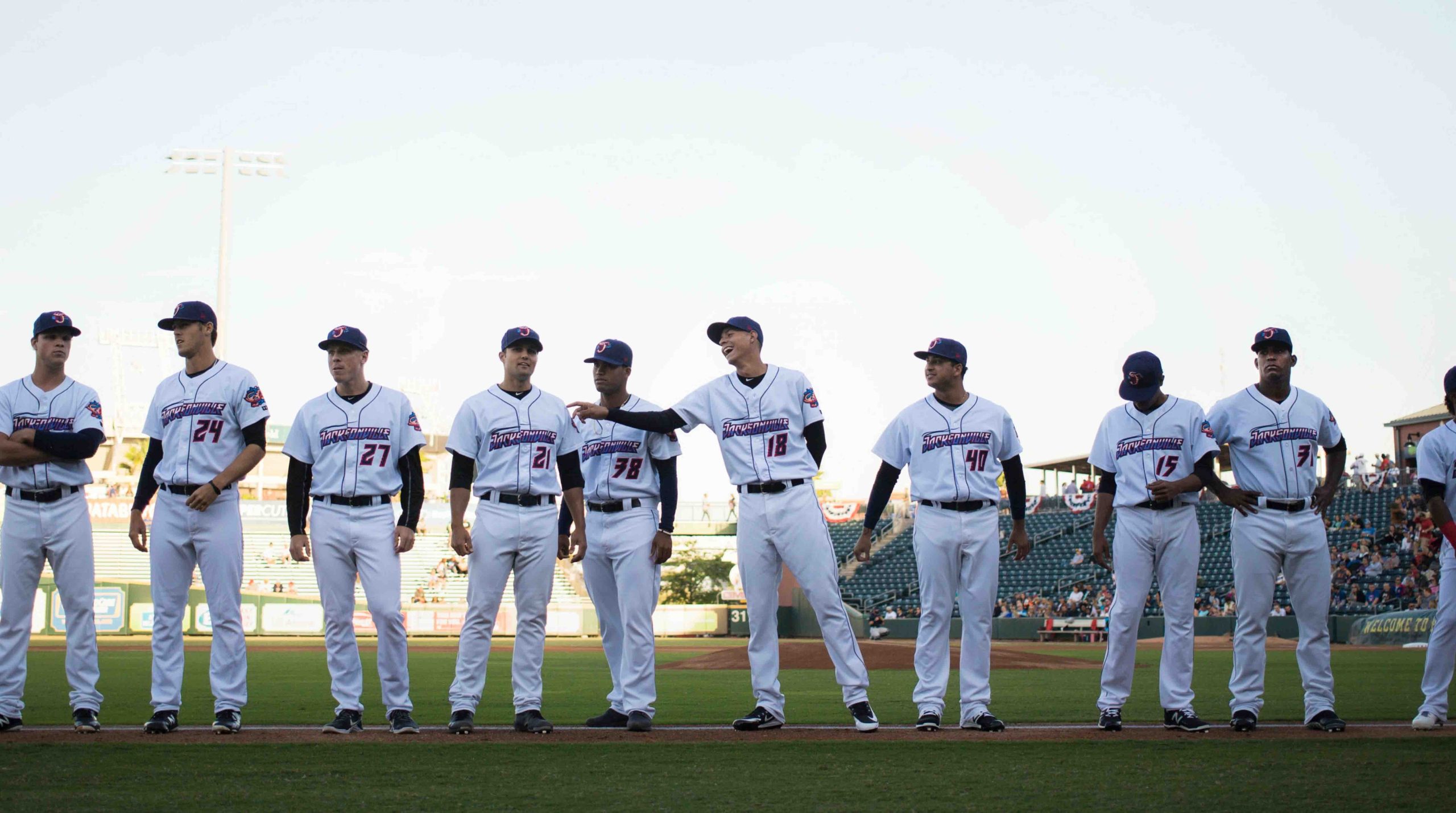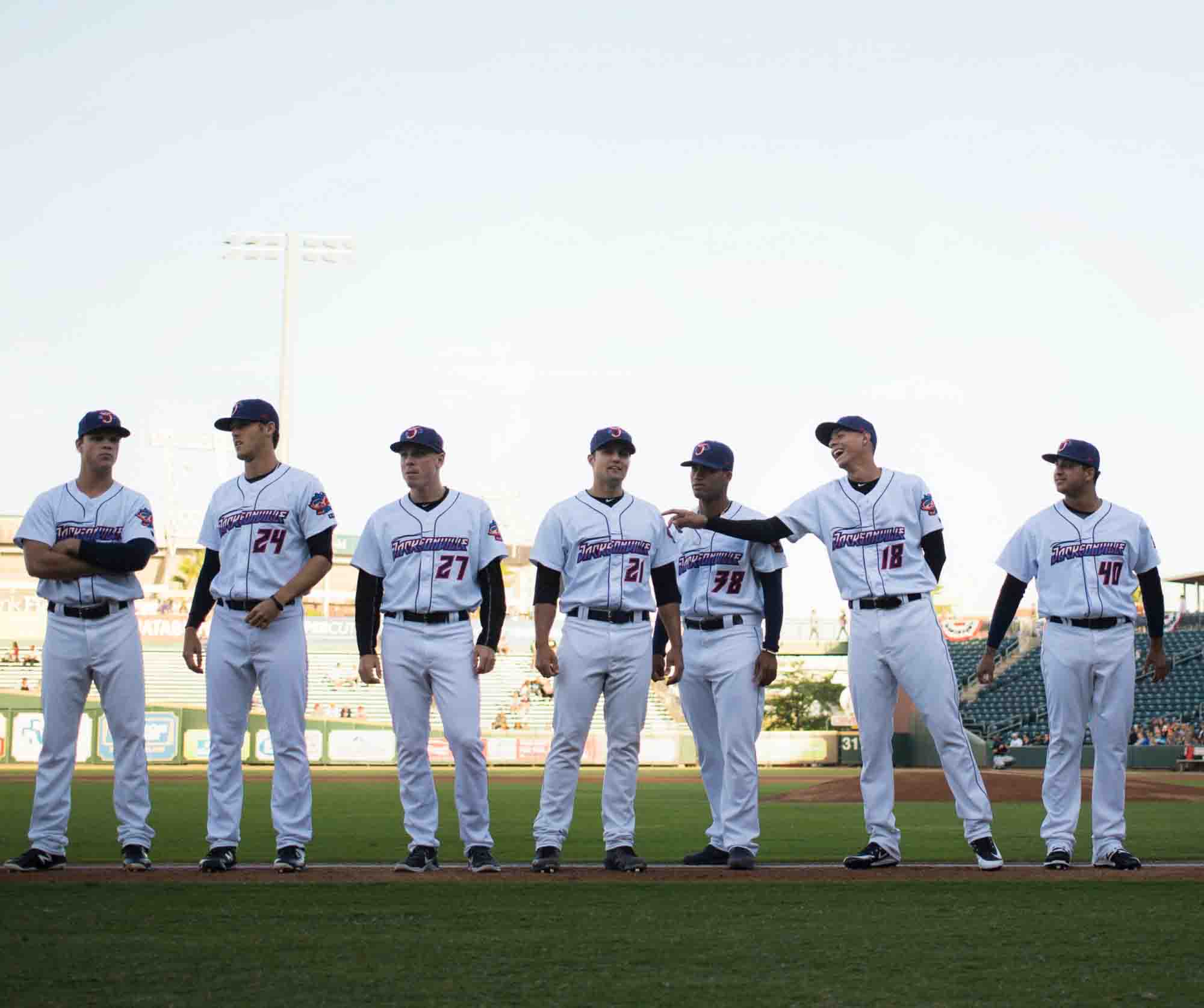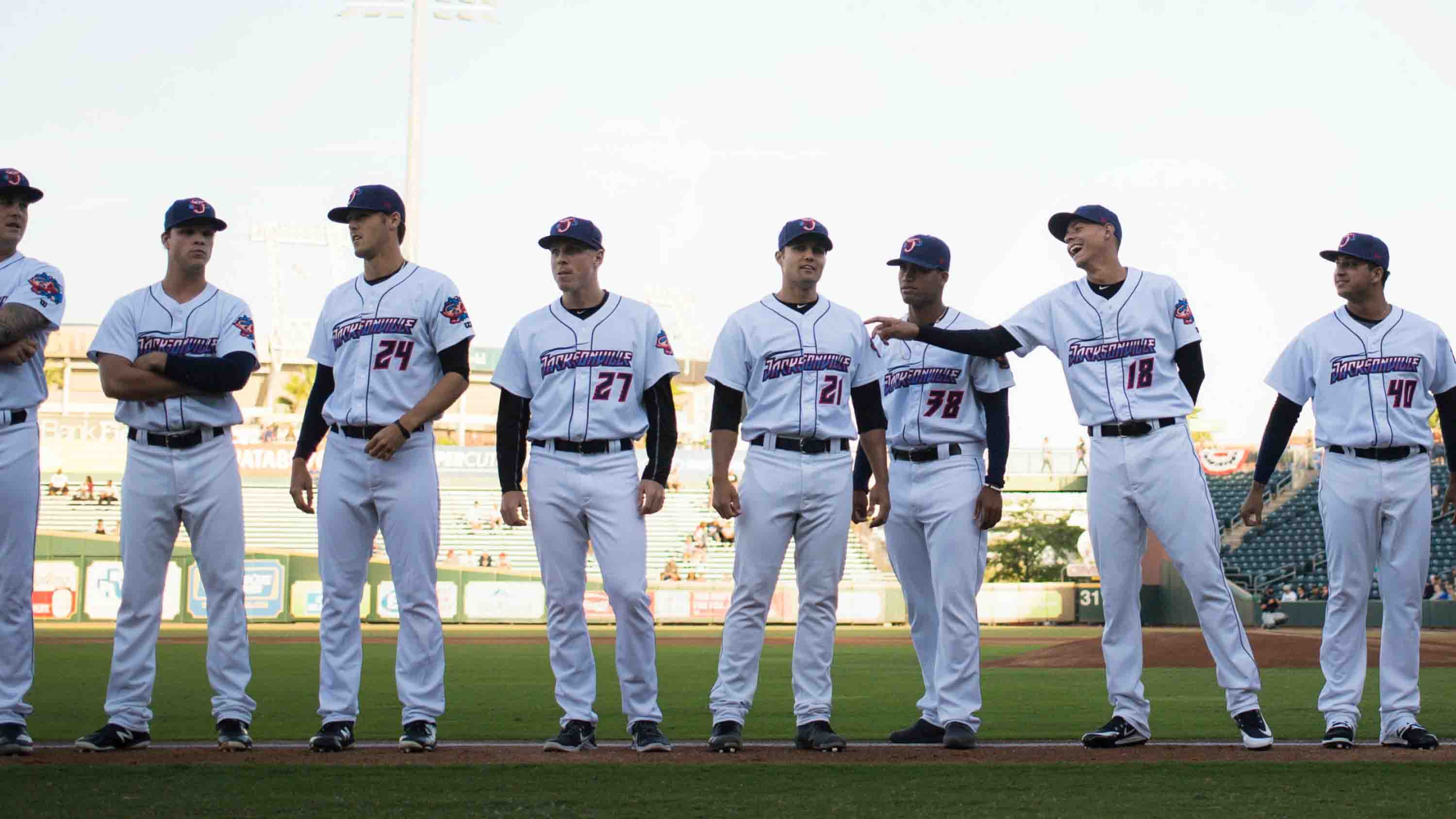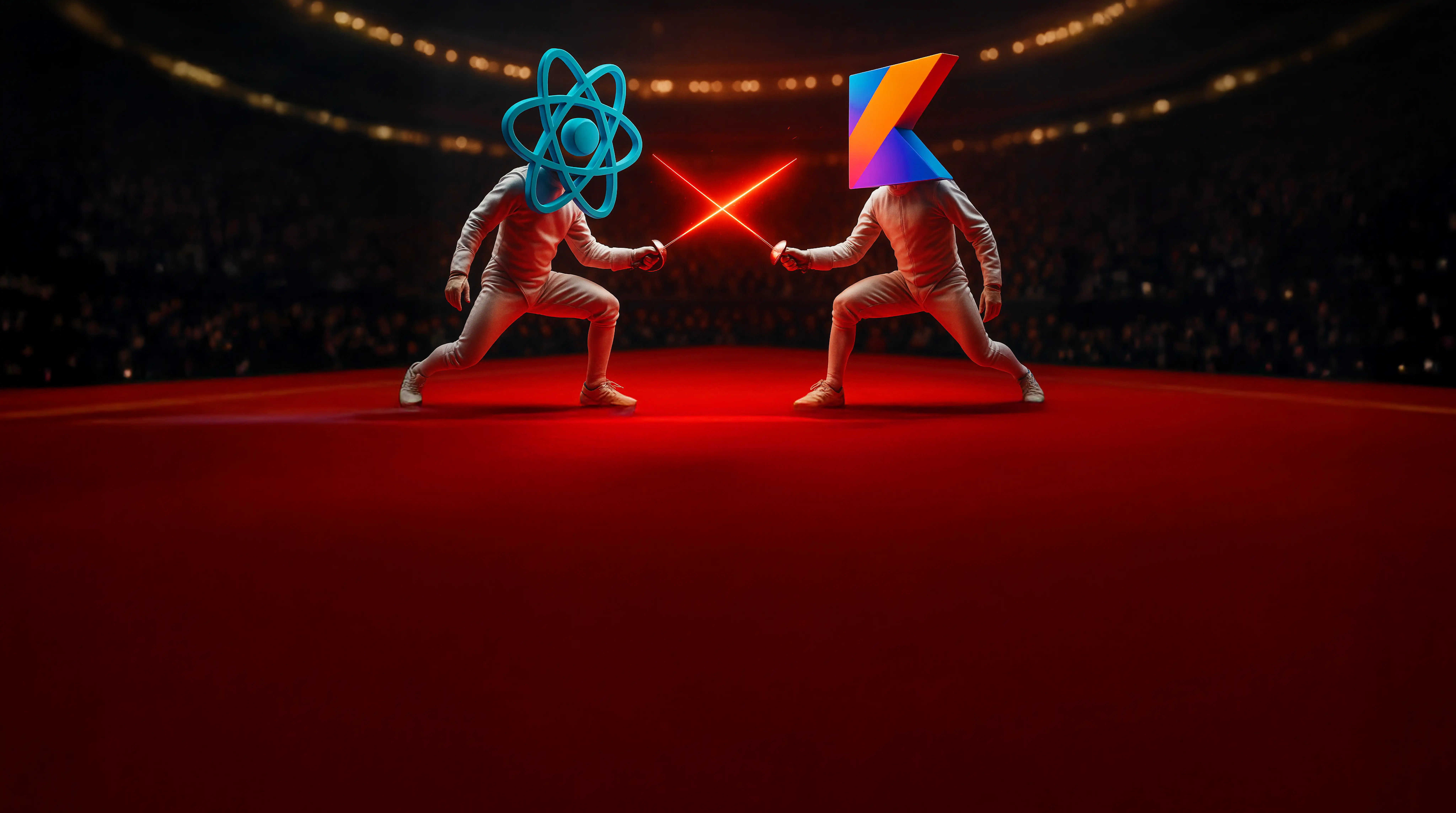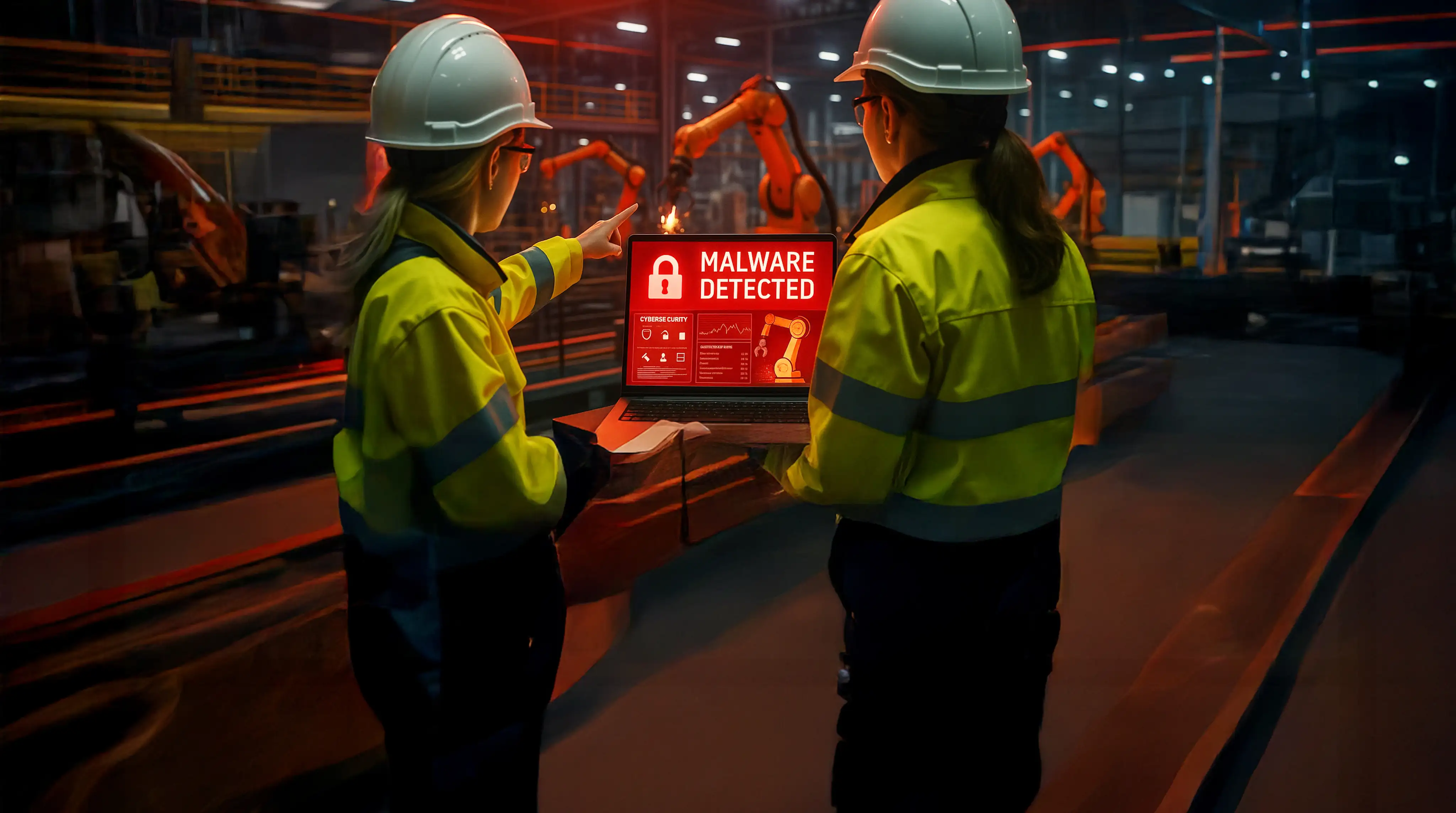The Secrets of Great Teamwork
May 14, 2020
Today’s teams are different from the teams of the past: They’re far more diverse, dispersed, digital, and dynamic (4-D). But while teams face new hurdles, their success still hinges on a core set of fundamentals for group collaboration.
The basics of team effectiveness were identified by J. Richard Hackman – a pioneer in the field of organizational behavior who studied that personalities, attitudes, or behavioral styles of team members do not deter collaboration. Moving further, the modern teams require a 4th critical condition to eliminate the “us versus them” thinking. He came up with ‘4 Enabling Conditions’ that help teams to achieve high performance-
1. Compelling Direction
Having a direction energizes, orients, and engages team members, giving their team a solid foundation. A team will not feel inspired if the members don’t know what their common goal is.
These goals need to challenge them – modest goals do not motivate. But, they should not be so challenging that they discourage team-morale. These goals should also be consequential. People care about goals if they gain something from it – like incentives, promotion, and recognition, or even satisfaction and a sense of meaning. Having a direction acts to unite team members irrespective of their values and backgrounds, especially at the global level.
2. Strong Structure
Teams perform well when they have the right mixture of members who have a balanced set of skills among themselves. Not every person can be technically superior and highly social. Diversity in age, gender, and race help bring diversity in knowledge, views, and perspectives, which pushes teams to be more creative and avoid groupthink. Increasing members is a good way to ensure diversity, but it also leads to increased costs and also poor communication. The aim should be to have the minimum number – no less and no more.
Tasks assigned should be designed carefully. Not everything has to be creative, some tasks do require dull, hard work. But these tasks can be made motivating by allocating significant responsibility to the team and providing them with performance feedback.
One thing to watch out for are destructive dynamics. Everyone has seen team members withhold information, force people to conform, avoid responsibility, cast blame, etc. These can be minimized by establishing clear rules. They can be a small list of things that should ALWAYS BE DONE (like being on time or letting others speak) and that should NEVER BE DONE (like interrupting others). Norms make it easier to bridge gaps between nationalities, regionalities, and cultures.
3. Supportive Context
Right support enables effectiveness. It includes maintaining a reward system that recognizes performance, an information system that gives access to data, an educational system that facilitates training, and also resources those secure materials required for doing the job, like funds and technical assistance. Although not everyone gets everything, trying to secure these is a good start. Ensuring supportive context becomes necessary among geographically distributed teams. Because what might seem like a cultural clash can easily be a result of differences in resources.
4. Shared Mindset
Despite being a team, members don’t perceive themselves as a single group, but as a sub-group. While this is human nature, it also leads to every group viewing themselves as slightly favorable and superior to others – a habit that gives rise to tension and hinders collaboration. A good solution is to develop a common mindset by fostering a common identity and understanding.
Another issue is that of incomplete information. Experts in certain fields tend to have more information than those who are not, and this information is not useful if it is not shared or if these members are new or are dispersed across the globe or both. Shared knowledge spikes collaboration. A different reason for incomplete information is digital communication impeding information exchange. It could occur due to language differences or simply because digital communication is not as effective at transmitting non-verbal cues, which are an important aid in face-to-face meetings.
Whatever the reason be, fortunately, there are ways that leaders can foster a shared identity and understanding, and eradicate all that hinders cooperation and information exchange. A good way is to ensure that everyone feels valued for their contributions toward the team’s overall goals.
Evaluating your team
The enabling conditions make for a good recipe to build an effective from scratch. But, they can also be used on existing teams by focusing on the four fundamentals. To check if your efforts are working, there are three criteria: output, collaborative ability, and members’ individual development. They are a good way to calibrate the team. Have regular, superficial monitoring to rate your team in each of the four conditions as well as the three criteria. The weak areas will be where you need to focus on and might even help you understand where the problems are rooted. Next, also have less frequent, deeper checks if/when problems emerge, like poor performance or some crisis. You can increase the impact of your intervention by holding a full-scale workshop for all the members to discuss and compare results together. Comparing assessments give you complete data as well as reveals differences in viewpoints, which leads to deeper insights.
Teamwork is tough and complex in today’s times. As teams constantly go virtual, global and project-driven, handling these teams become equally tricky. In such a scenario, having a systematic approach to analyze your team set-up and identify areas of improvement can take you a very long way.
Source: Harvard Business Review






